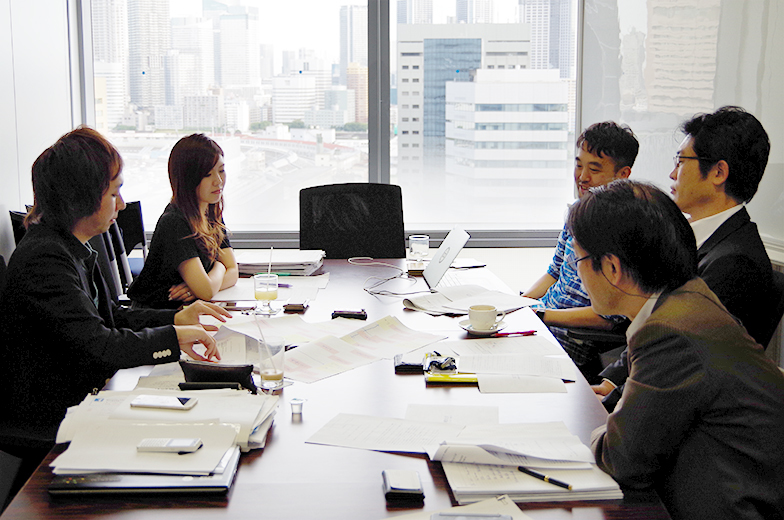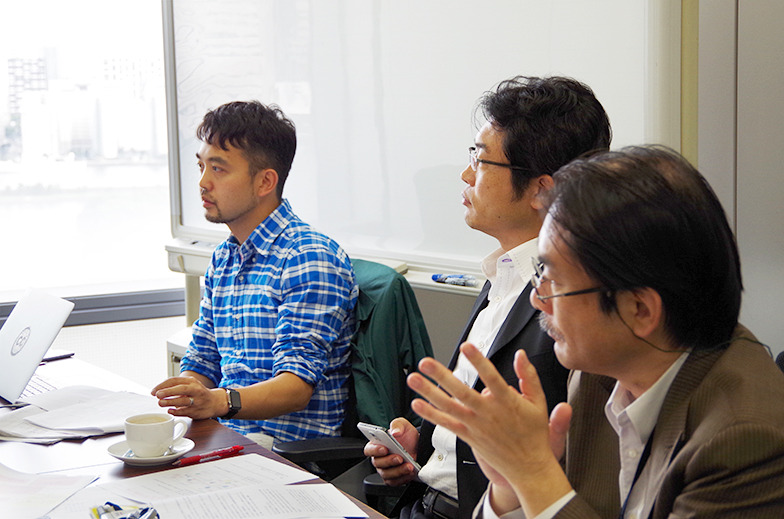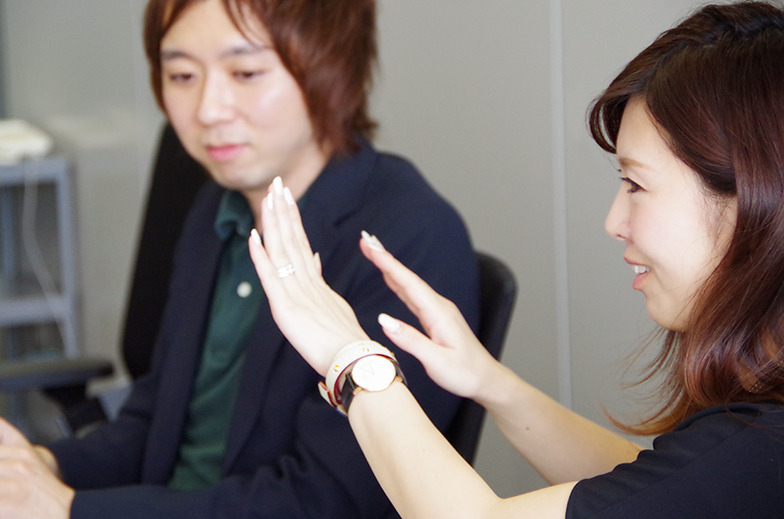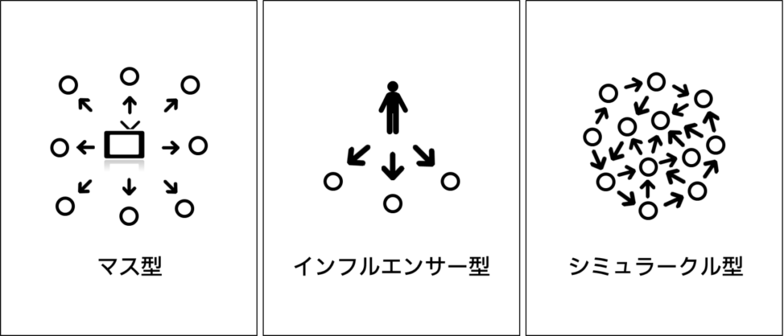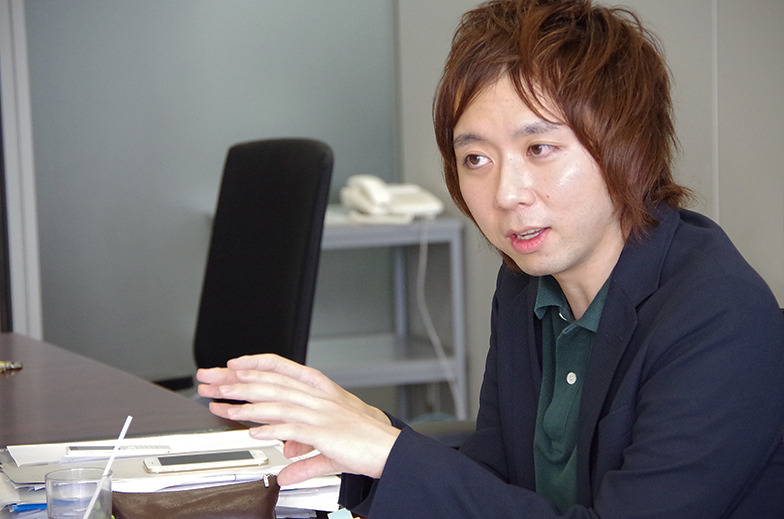Note: This website was automatically translated, so some terms or nuances may not be completely accurate.
Understanding Young People's Photo-Sharing Culture Through "Mori" and "Matsuri"
Was this article helpful?
Newsletter registration is here
We select and publish important news every day
For inquiries about this article
Back Numbers
Author

Dominique Chen
Entrepreneur and researcher
Born in Tokyo in 1981, French nationality. Ph.D. in Interdisciplinary Informatics. Recognized as a Super Creator in the 2008 IPA Frontier IT Talent Discovery and Development Program. As a director of the NPO Commonsphere, he has worked to promote Creative Commons, a new copyright system. At Divual Inc., founded in 2008, he plans and develops various software and apps under the motto "Media for Living," including "Regret" (web), "Picsee" (iPhone), and "Syncle" (iPhone/Android). Served as a 4th-term NHK NEWSWEB Net Navigator in 2015. Acted as Focus Issue Director for the "Information and Technology" category of the 2016 Good Design Award. Co-translated Murray Shanahan's "Singularity: From Artificial Intelligence to Superintelligence" and authored "A Guidebook for Creating Free Culture."

Akira Miwa
Dentsu Inc.
Dentsu Inc. Media Innovation Lab
Director of Media Innovation Research
Since joining the company, I have primarily conducted research and studies in the fields of information and communications, digital devices, and content at DENTSU SOKEN INC. I have also worked on building business visions and providing consulting services for both public and private sector clients. My responsibilities have spanned a wide range of areas, from cameras and robots to e-books. From July 2012, I worked on projects related to information media in general within the Media Innovation Research Department. I have held my current position since November 2015.

Toshiyuki Kitahara
Dentsu Inc.
Dentsu Inc. Media Innovation Lab
Principal Researcher
After working in the Information Systems Department and the Management Planning Department, he joined the Research and Development Department. He has held his current position since 2011. Engaged in research on mass media and communication, consulting for media companies, organizational and personnel system consulting, and advertising and related market/industry trend research. Responsible for "Japan's Advertising Expenditures" in the 'Information Media White Paper'. Author of numerous books and papers, including 'Information Innovators: Leaders of the Co-Creation Society' (co-authored, 1999, Kodansha). Also engaged in various surveys and projects related to newspaper companies, primarily regional papers.
Articles by this person

What's the true intent behind the "Declaration to Quit Mass Media"? The current state of local media. Special Discussion: "Japan's Advertising Expenditures in 2024"

Analysis of "2023 Japan Advertising Expenditures"──The downgrade of COVID-19 to Category 5 provided tailwinds, setting a new record high. How did advertising expenditures change during the pandemic?

Mariko Shitara
Dentsu Inc.
Solution Development Center
Forecast Research Department, Principal Researcher
As a communication planner, engaged in corporate and media brand strategy and event planning. Since 2015, served as a researcher at Dentsu Inc. Media Innovation Lab, studying information behavior and consumption insights among youth and women. Assumed current position in 2019. Primarily conducts future forecasting research and solution development targeting youth, mothers, and children. Researcher at "Mama Lab," "Dentsu Inc. Gal Lab," and "Future Forecasting Support Lab." Co-founder of the "Hare Women Committee." Author of the co-authored book 'Information Media White Paper 2016'.

Akira Amano
Dentsu Inc.
Dentsu Inc. Media Innovation Lab
Principal Researcher
Completed Master's program at the Graduate School of Interdisciplinary Information Studies, University of Tokyo (M.A.). Specializes in research, development, and consulting on social media marketing applications and youth trends. Latest book: "Business for the New Generation Emerges from Smartphones: SNS Marketing in the Short Video Era" (2022, Sekai Bunka Publishing). Other publications include "The Psychology of Sharing: 7 Perspectives for Understanding the SNS Information Environment" (2017, Sendenkaigi) and "The History of SNS Evolution: The Future of a Society Connected by 'Likes!'" (2019, East Shinsho). Co-authored numerous works including the "Information Media White Paper," "Advertising White Paper," and "Media Literacy: Cultivating Critical Thinking." Frequently serves as a commentator on economic programs and as a speaker at various events. Part-time lecturer at Meiji Gakuin University (2023–present).
